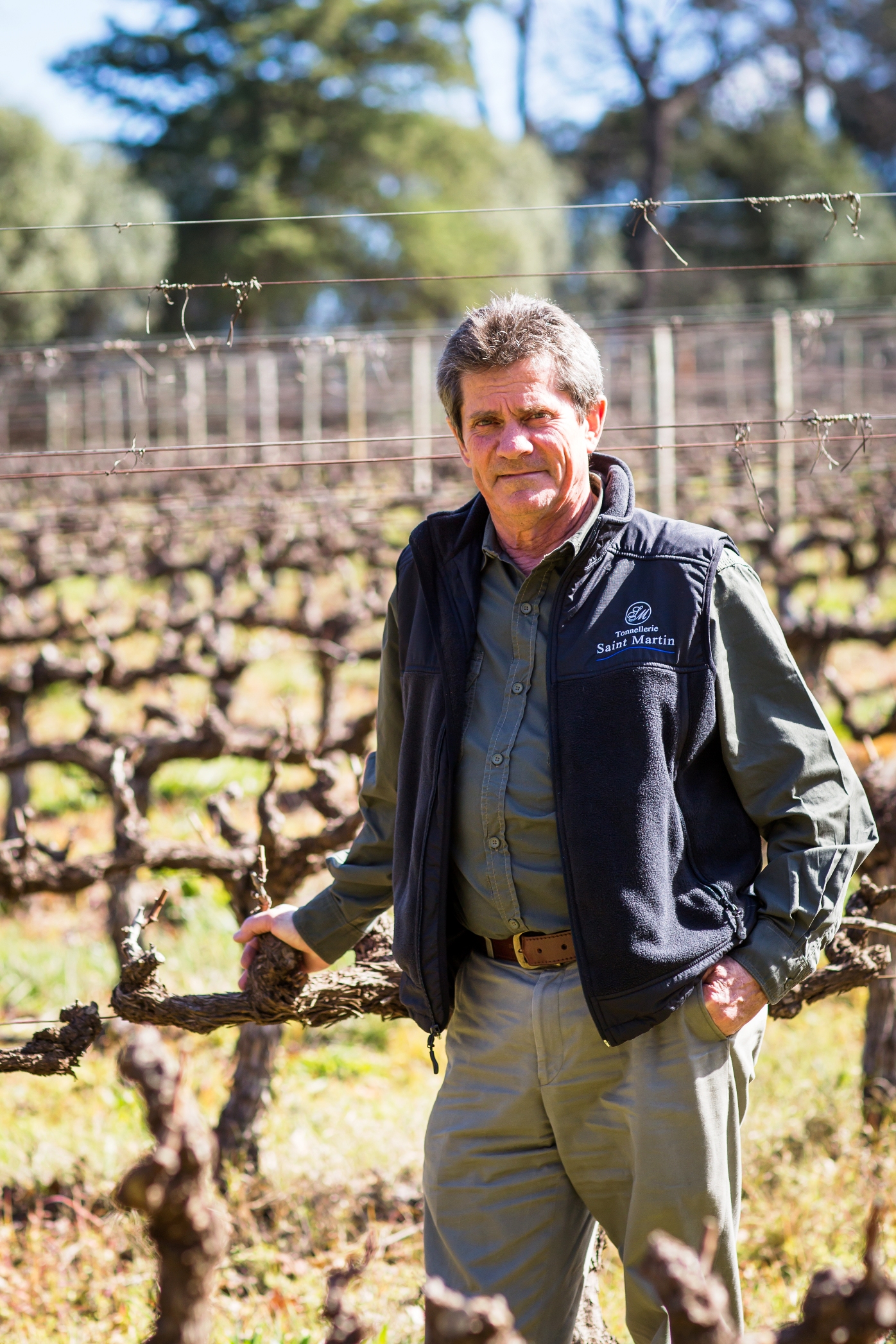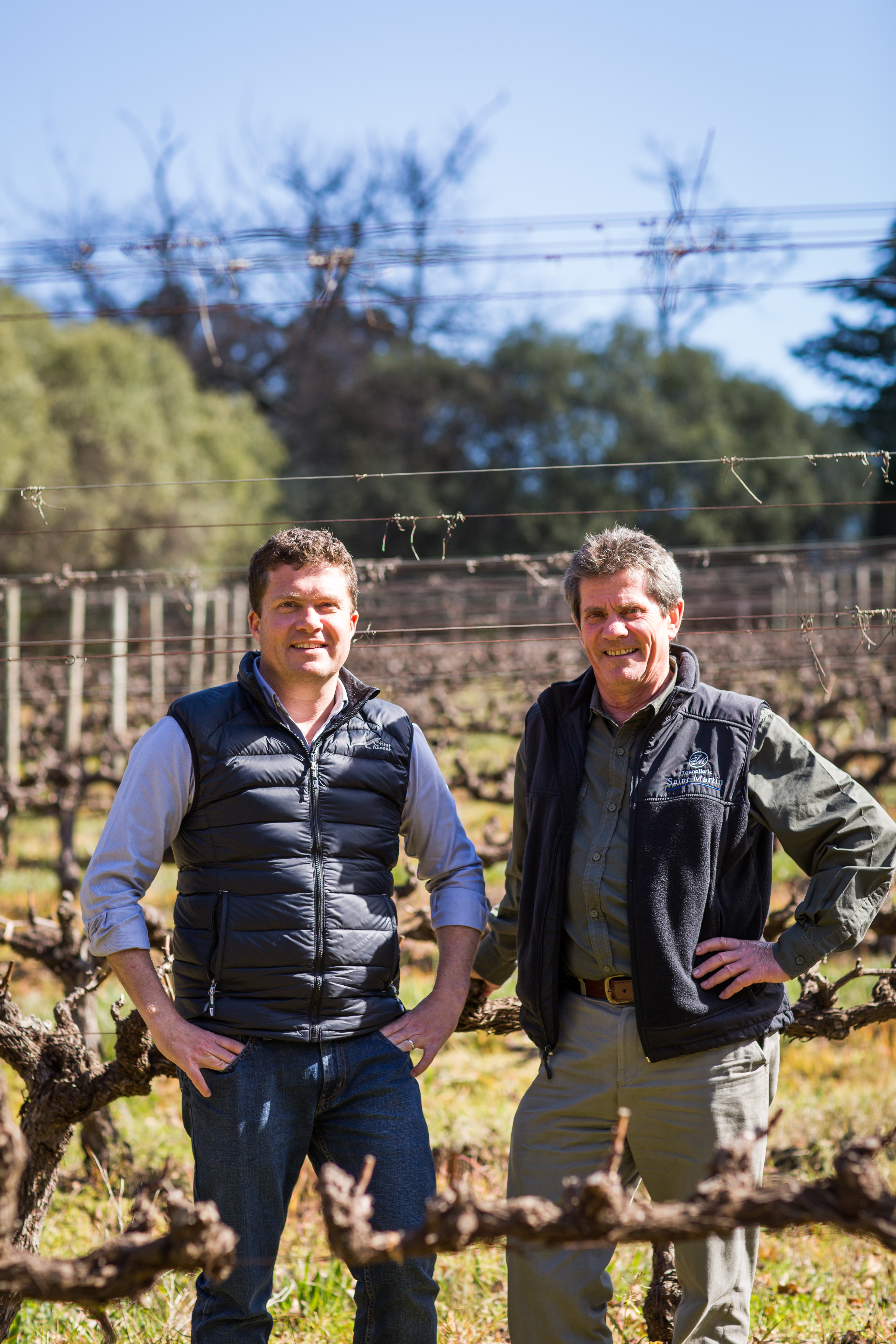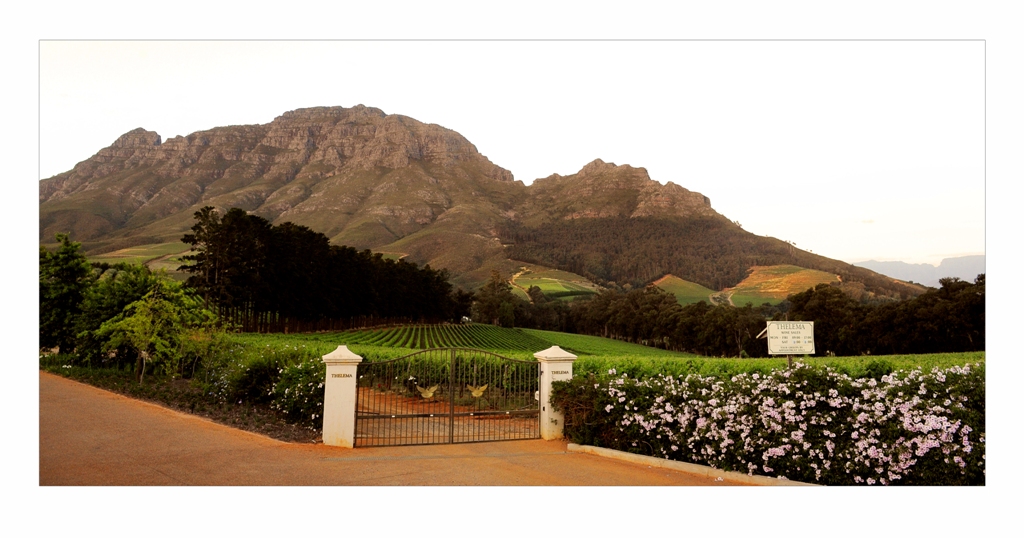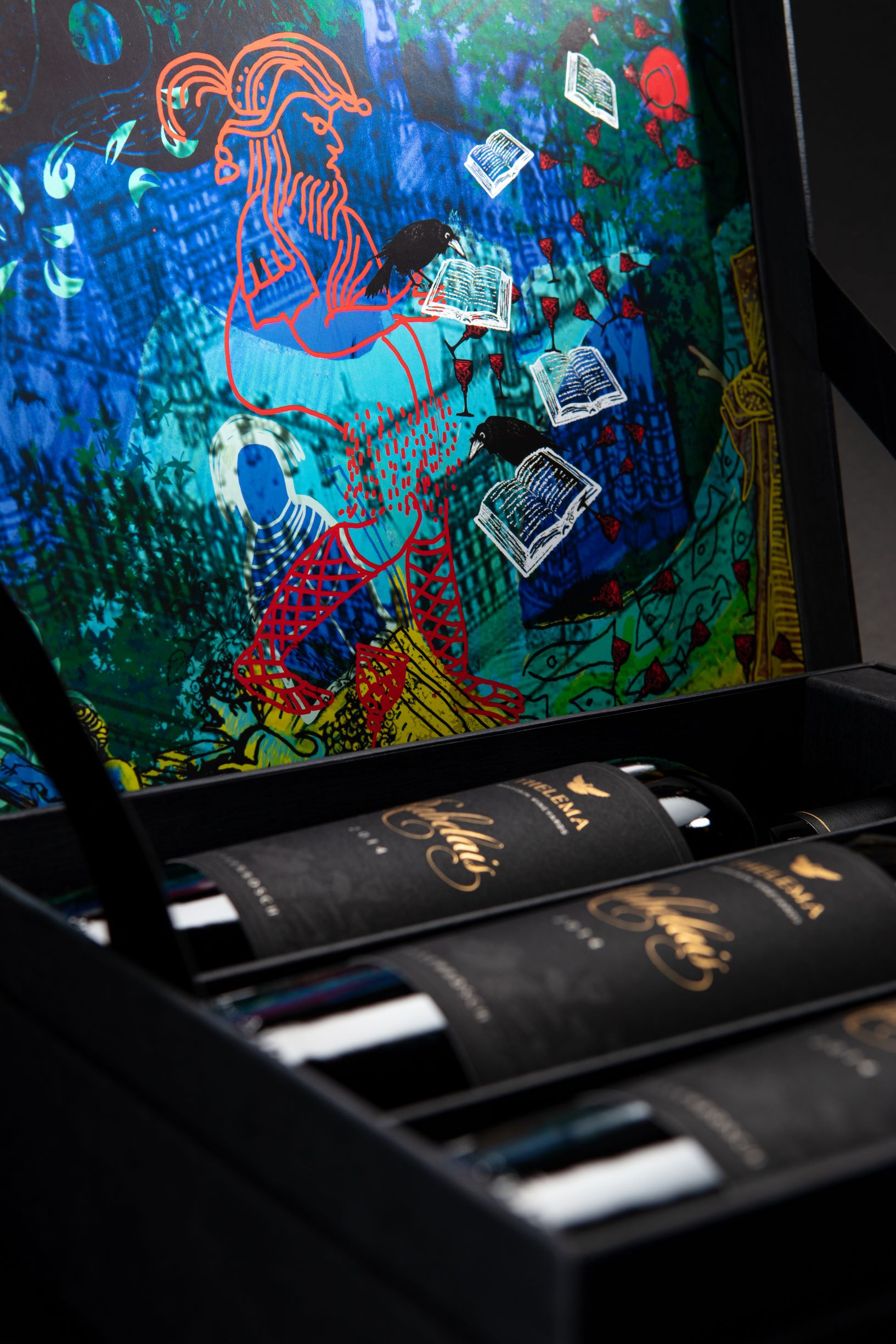SA Wine Legend: Gyles Webb
A chance encounter with a French wine in Kimberley gave South Africa one of its most legendary winemakers. Thelema’s cellarmaster and patriarch, Gyles Webb started out his professional life as an accountant. He was an article clerk in the ‘70s, when on a visit home, he popped into the local wine store and got a little closer to his destiny with a bottle of Puligny-Montrachet.
“I had never tasted anything like that, so different, at the time in South Africa there were very little dry white wines available.”
We’re upstairs in his office above the wine cellar, the vineyards are a green blur behind the rain-pummelled windows. The unseasonal deluge has everyone in the wine industry a little worried, considering the current onset of flowering. Gyles is poring over his vineyard management files at his desk, going back years he’s faithfully kept records of things like vine weights and ‘phenolic intervals’ to exact dates of budbreak, veraison et al.
The accountant in him is evident here. But it was poet and the philosopher that won out in the end. After that white Burgundy Gyles stopped counting beans, packed up his wife Barbara and their infant son and headed to Stellenbosch, to do a B.Sc (Agric.) degree majoring in Viticulture and Oenology. “I thought I may as well as get closer to it,” he says deadpan.

Things were far from easy in the beginning. Not only were the subjects in Afrikaans, a hurdle for Michael House educated Gyles, ‘they don’t speak a lot of Afrikaans in Durban!’. But he had a young family to look after too. “Our eldest son was six months when we got there, the other son was born seven months later.
“We had no income and I was failing every subject. We were very fortunate Barbara’s parents helped us through that time.
“But things started to get better. The further it went the more interested I became.” He completed his degree in 1979.
His next stroke of luck was on the golf course. “I was in this interesting tasting group, with guys like Neil Ellis and Claude Felbert, we also played golf together. I was playing in a tournament, which I won, and Duimpie Bayly [head of production for Stellenbosch Farmers Winery] was at the prize giving. He asked the guys about me. He came up to me afterwards and said: ‘You’re going to be needing a job, pop in and see me. The very next day I knocked on his door.”
Gyles was put to work in SFW’s small-scale experimental wine cellar. “It was a fantastic company to work for, Ronnie Melck was the MD then, I remember he was once asked how many people work at SFW, and with his characteristic humour he had replied ‘about half’.”
An opportunity arose for Gyles to work a vintage in California. By then they had added a daughter to the family too. “It was hard to leave my family,” Gyles admits.
But on to Napa he went, to the iconic Heitz Cellar; home of one of Napa's most distinctive single-vineyard wines, the Martha's Vineyard Cabernet Sauvignon. Barbara joined him for the last three weeks and the pair travelled around the States in a van.
Gyles came home with renewed purpose. “The South African approach at the time seemed very conservative. In the States, the winemakers were pushing boundaries, and I was drawn to this open-mindedness.”

Back at work at SFW Gyles said his immediate boss, Jan Le Roux kept talking about this farm that ‘was so good’; “but he never let on what is was or where it was. Until I cornered him one day after he had quite a good lunch – ‘by the way what was the name of that farm again?’ And he told me.
“The farm was then owned by this sweet old guy, John Kitson, a keen tennis player and an opera lover. He was very pleased I was English speaking; we became friendly.
“Then it was a dilapidated fruit farm.” But its cool mountainous slopes spoke to Gyles. In 1983, with the help of his Barbara’s family, the McLeans, they bought Thelema at the top Helshoogte Pass.
Thelema lies on the slopes of the Simonsberg at an elevation that ranges from 370 to 640 metres above sea level. It’s one of the highest and most likely one of the coolest wine farms in Stellenbosch; it’s now planted to 157 hectares.

The first wines under the Thelema label were released in 1988, and the Thelema Riesling and Sauvignon Blanc were immediately featured in the Platter’s Wine Guide for that year.
Gyles remembers making the first cabernet. “After racking a tank of the cab, I opened up the cover and stuck my head in there; it’s like the best Riedel wine glass the way the aromas are captured in the space—and it smelt just like the wine at Heitz Cellar. It had this distinctive minty character.” And so was born Thelema "The Mint" Cabernet Sauvignon, an icon wine in its own right.
In a strange coincidence and unbeknownst to Gyles at the time this minty character came from a eucalyptol compound found in the blue gum trees bordering the vineyards, both in his Stellenbosch vineyard and the one in Napa. Now with modern science it’s been discovered that outer wax layer of the grapes adsorb the eucalyptol, which is released into the air by the trees. It dissolves during the fermentation process and gives the wine a ‘minty’ character.
By the mid ‘90s Thelema’s wines were selling out within a month after release. “Those Saturdays were a bun fight,” recalls Gyles of the launch days. Thelema and Gyles went from strength to strength. He was named John Platter’s Wine Man of the Year in 1993 as well as the Diners Club award winner for 1994. He was also a member of the illustrious Cape Winemaker’s Guild.
In 2000, he moved into the role of cellarmaster, handing over the winemaking duties to Rudi Schultz.
Then, in 2002 the Webb family purchased a second property, Sutherland Vineyards in Elgin, where they make a range of cool-climate wines.
“These days I spend most of my time in the vineyards,” says Gyles. The accountant in him has long disappeared; he has much more in common with 16th century monk, Rabelais, for whom Thelema’s flagship wine Cabernet Sauvignon-driven blend is named for.

François Rabelais was a monk, doctor and writer in sixteenth-century France who imagined a utopian abbey, the Abbey of Thélème, on the banks of the Loire. In stark contrast to the religious orders of his day, the abbey’s community admitted both men and women and encouraged them to live together in great luxury. Only one law governed its members: “Fay ce que vouldras” – Do what thou wilt.
And ever since Gyles Webb encountered that Burgundy in Kimberely, he’s done exactly that.
- Malu Lambert